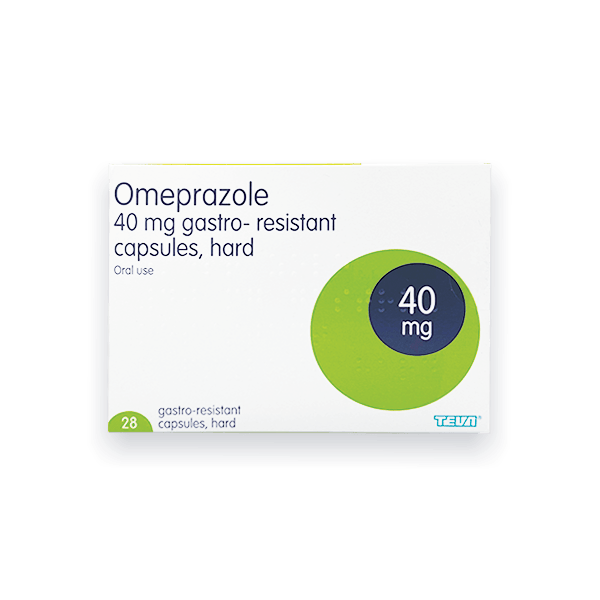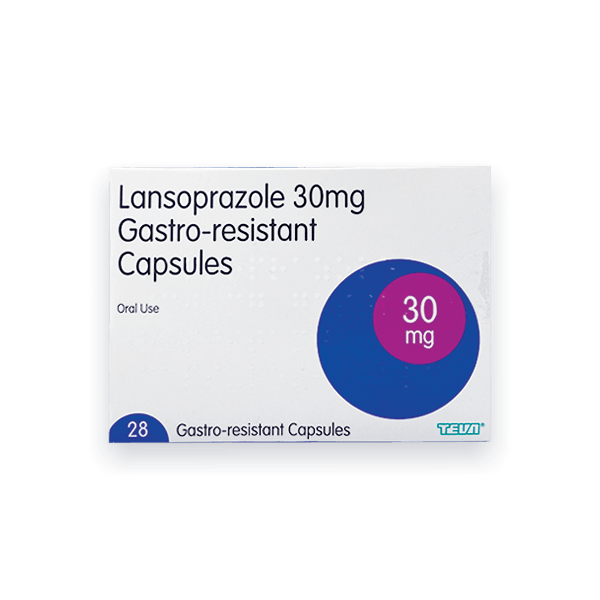
Why do we need fibre?
Fibre is an important part of our daily diet. Getting fibre into your diet provides us with energy and helps us maintain a healthy body weight. Fibre also encourages a healthy digestive system and can even lower the risk for certain diseases.
The term “fibre” refers to carbohydrates not broken down by enzymes in the human digestive tract. Fibre is commonly classified as soluble fibre or insoluble fibre [1].
Soluble fibre dissolves easily in water and takes on a soft gel-like texture in the digestive tract. Soluble fibre delays stomach emptying, which helps regulate blood sugar levels. This can help decrease insulin spikes after eating to signal your body to store fat. Soluble fibre can also lower LDL cholesterol levels and improve gut health.
Insoluble fibre does not dissolve in water. It helps add bulk to stool which stimulates the intestines and helps food pass through our digestive system more efficiently. Insoluble fibre is found in many whole grains, beans, vegetables, the skin of fruits, among other foods. Your body needs both soluble and insoluble fibre every day to stay healthy.
How to consume more fibre?
Are you struggling to add enough fibre to your diet? You’re not alone. Many people find it difficult to consume the recommended 30 grams of fibre per day [2]. Fibre is often one of the first things to let go of when we are busy or on holiday, and it’s pretty easy to find yourself slipping below the required level without even realising it.
There are some simple ways to get more fibre into your diet that don’t require much time or effort. Here are five suggestions from our pharmacist that can help you meet your daily fibre goals.
Add more whole grains to your diet
People often feel that eating healthier is too expensive or time-consuming. The truth is that with just a little extra effort, you can make your diet healthier at no extra cost and with very little time. Whole grains are a great source of fibre and can be added to a number of your favourite dishes.
Some examples include whole-wheat pasta, brown rice, quinoa, sprouted grain bread, and cracked wheat cereal. These can easily replace refined grains in your diets such as white rice or regular pasta.
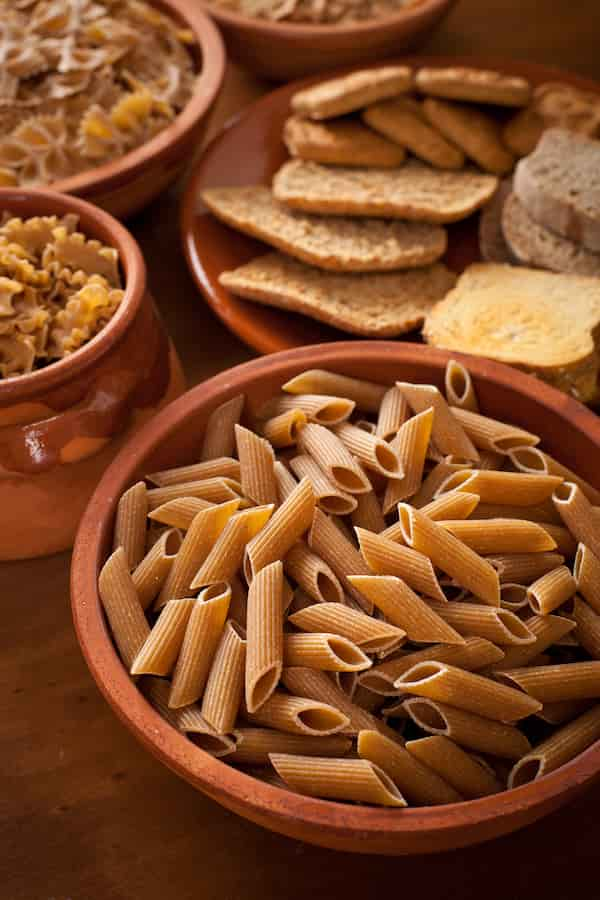
Eat more fruits and vegetables
Vegetables are generally high in fibre and low in calories, especially green leafy vegetables rich in folic acid. Research has shown that getting five servings of vegetables and fruits per day is associated with a lower risk of diabetes, obesity, high blood pressure, cancer, heart disease and stroke [3]. Even if you don’t like eating vegetables, there are effective ways of getting them into your diet. Juice is one good way to get vegetables into your diet, as the fibre has already been broken down by juicing. Smoothies also work well due to fruit’s presence, which makes it tasty and much easier to drink.
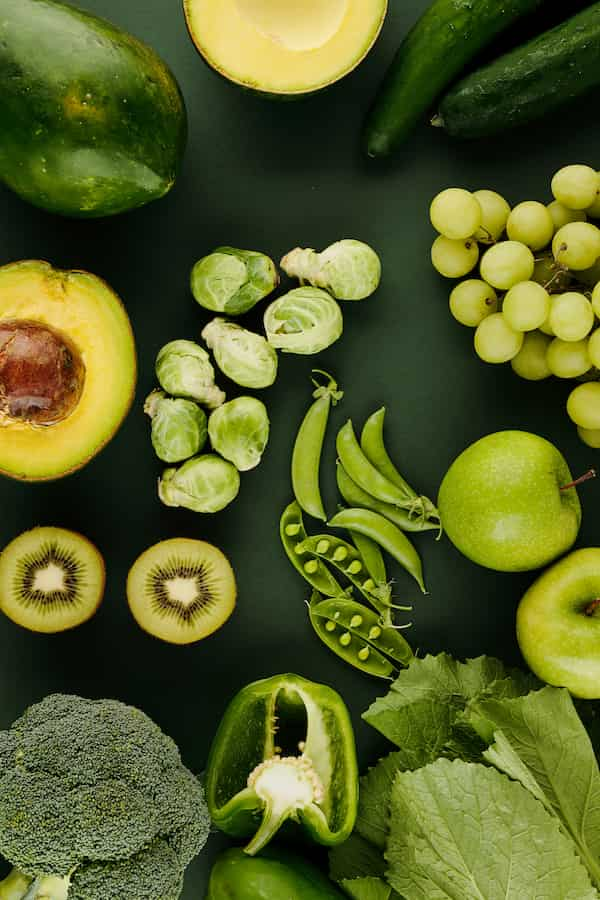
Eat more legumes
Legumes such as beans and lentils are great sources of fibre. They also contain other important nutrients such as iron, magnesium, potassium, manganese, and folate. Eating legumes can have a huge impact on your fibre intake as they are very high in fibre compared to other foods. For instance, one cup of lentils can suffice for half of the required daily fibre intake [4].
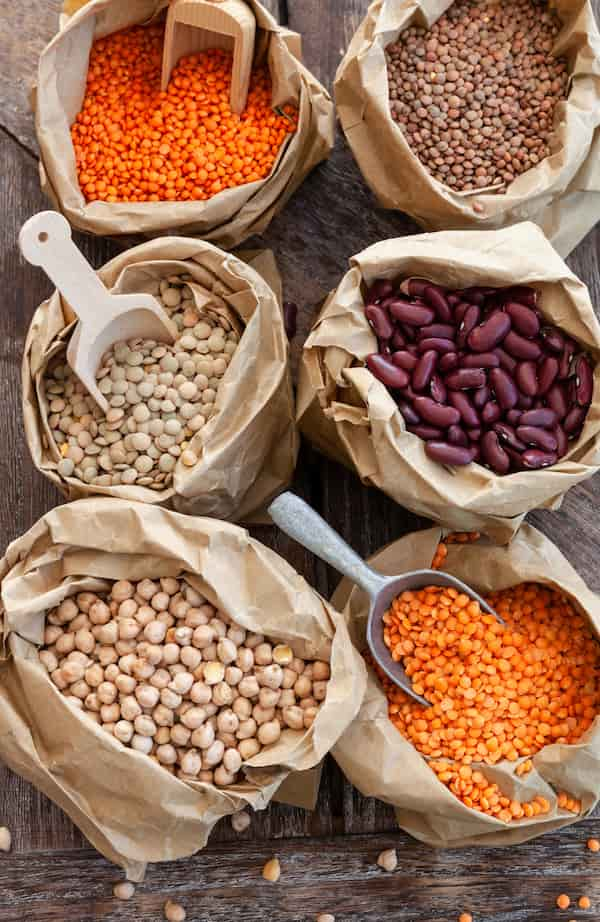
Replace high-fibre snacks
Snacking is an important part of getting sufficient fibre into your diet. It is ok if you snack more often, but make sure you get enough fibre with your snacks. The best way to accomplish this is by including high-fibre snacks such as whole wheat crackers and oatmeal raisin cookies for cake, burgers, chips, etc.
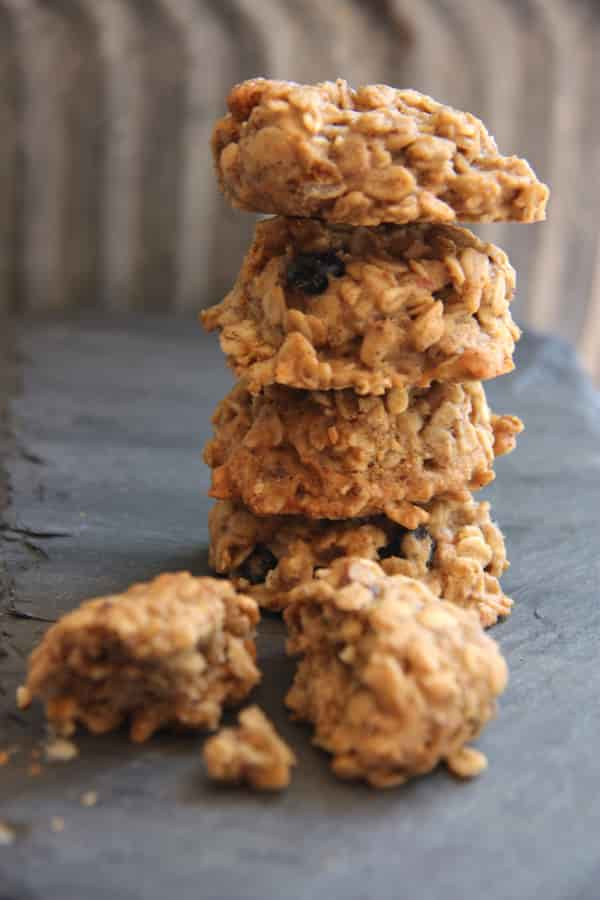
Eat more nuts and seeds
Nuts and seeds contain small amounts of soluble and insoluble fibre that help with digestion, especially getting rid of waste from the body. Nuts are also beneficial as they contain healthy fats and phosphorus, calcium, potassium and other essential vitamins and minerals [5]. If you are getting enough fibre from food sources, then getting a spoonful of nut/seed butter into your daily diet is a good way to get even more fibre.

Does fibre prevent acid reflux?
Fibre is also associated with reducing acid reflux symptoms for people suffering from heartburn and gastroesophageal reflux disease (GORD). Eating more fibre can reduce symptoms by getting rid of stagnant food in the stomach, reducing acid build-up and preventing Hiatal hernias [6]. However, getting enough fibre is important to prevent GORD from happening in the first place because not getting enough fibre can lead to constipation which increases pressure on the stomach wall and causes acid reflux.
If you would like to find out more about acid reflux and preventing symptoms we have some great resources on our blog:
- What Is The Difference Between Omeprazole And Lansoprazole For Acid Reflux?
- Try These Simple Home Remedies For Acid Reflux & Heartburn
- Is ginger good for acid reflux?
- Can Covid-19 Cause Acid Reflux?
- What Does Gastro-Resistant Mean?
What are some effective acid reflux treatments?
There are many lifestyle changes you can make to control acid reflux. These include getting enough sleep, avoiding overeating, getting regular exercise and reducing stress.
Apart from implementing effective lifestyle changes, there are some acid reflux treatments available at e-Surgery, a registered and reputed online pharmacy.
•Esomeprazole tablets for treating acid reflux and indigestion can be bought in strengths of 20mg and 40mg.
•Lansoprazole capsules for treating acid reflux are a proton pump inhibitor available in 15mg and 30mg strengths.
•Esomeprazole tablets for treating acid reflux and indigestion can be bought in strengths of 20mg and 40mg.
 |
 |
Sources
- Good Fiber, Bad Fiber – How The Different Types Affect You (Healthline)
- How to get more fibre into your diet – NHS (NHS)
- Health Benefits of Fruits and Vegetables 1 (NCBI)
- 21 Vegetarian Foods That Are Loaded With Iron (Healthline)
- The Top 9 Nuts to Eat for Better Health (Healthline)
- Hiatal Hernia Diet: Foods to Eat and Avoid (Healthline)
Further Reading
- How to get more fibre into your diet | NHS
- 16 easy ways to eat more fibre | Healthline
- 7 easy ways to add more fibre to your diet | BHF


